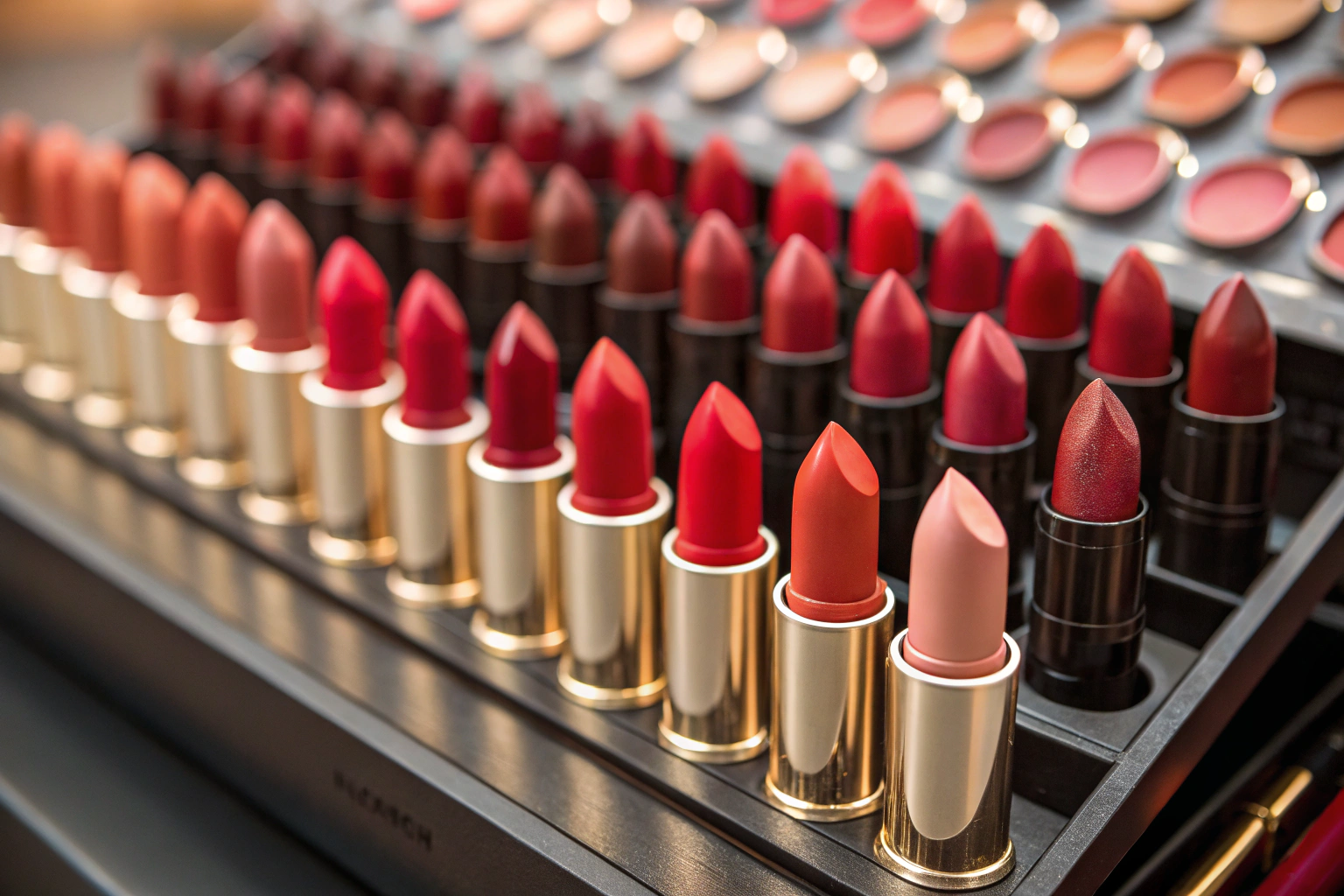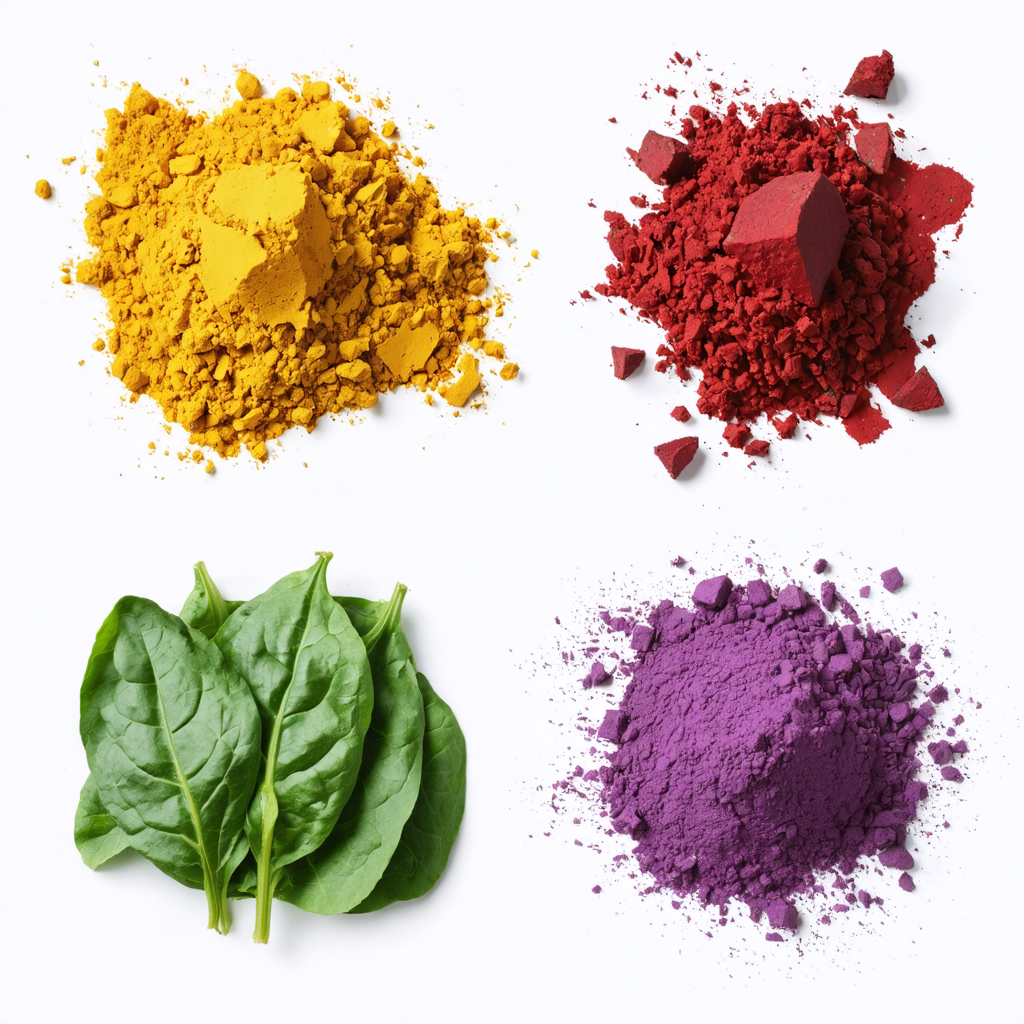There are various types of natural colors from different sources. But choosing the right color for your product seems to be difficult. For your ease, we have broken down the key factor which will help you to choose the right color for your product.
Table of Contents
ToggleWays to Choose Colour
Flavor:
Flavors play a vital role to guide you on what natural color you should choose. For Instance, if you are going with lemon flavor, turmeric curcumin , safflower yellow, Gardenia yellow are the best yellows for your product because they provide very bright yellow colors. But If you want to have pineapple or mango flavor, beta-carotene or annatto are the best options for you because they provide because they give more orange or more golden yellow colors which attract consumers even more.
Heat:
If your product goes through the heat procedure like HTST, pasteurization, baking, or maybe extrusion you should choose a heat-stable natural color in that case. Many natural colour have the ability where they can resist heat. Such natural colors are anthocyanins, carmine, beta-carotene, annatto, turmeric, copper chlorophyllin & carbon black & caramel colors as well, Natural brown & burnt sugars.
How to avoid colors being fade by heat
Colors that fade away with heat are mostly beet root red & Chlorophyll. For such cases, you can add more colors than you need upfront to avoid them being fade. But probably you want to avoid both of them.
Light :
Likewise, heat, some of the natural colors execute better with light exposure than others. You should avoid Paprika & beet red if your packaging is clear. You should also avoid Chlorophyll because it is not suitable for light. If you are trying to make a blue product you should use opaque packaging to protect the integrity of the color because the hue has limited options.
Interaction with other ingredients:
You should be very careful regarding ingredient interactions because if your product contains an emulsifier, you must check that whether the natural color formulation is even compatible with the other ingredients or not. Avoiding it may result in a broken emulsion. You should also be aware of vitamins & minerals because they can cause fading of the natural color in the final product.
pH-sensitive Colour :
You must also be aware of ph-sensitive colors. Natural colors like red, purple carrot & elderberry are those natural colors that are sensitive to pH. It means that the shifting of the hue depends on the pH of the application they are in. If you are working with a beverage or a confection at a low pH it will appear red, but if you use a higher pH, it will turn purple-y blue.
Spirulina is also pH sensitive color. It works better between pH 4-7. Mostly other natural colors are stable with a wider pH range but hardly one or two will work in a pH under 2 like soda concentrates.
To know more about the natural pigments click this link now Santa color




